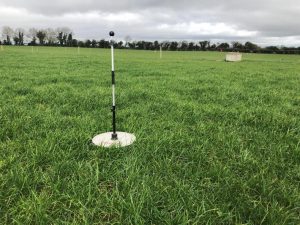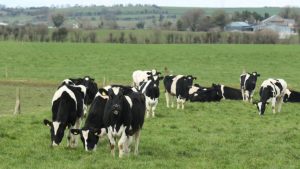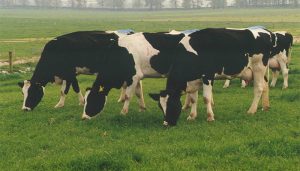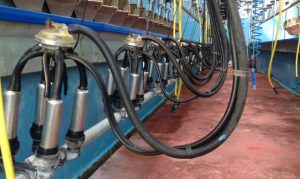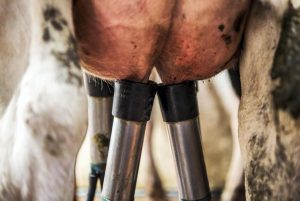
The European Dairy Farmers (EDF) event brings together progressive farmers to exchange ideas and knowledge under this year’s theme ‘Sustainable Dairying – The Irish Story’.
The congress will take place over three days from Tuesday, June 28 to Thursday, June 30, 2022, in the Rochestown Park Hotel, Co. Cork.
Centre of discussion will be the comparison of production costs of individual farmers, which have been collated and analysed prior to the event, the group said.
Speaking at the launch of the congress earlier this week, EDF general manager, Judit Kuehl said the Irish industry has grown rapidly in recent years.
“The Irish national group has always led the way when it comes to high farm profitability in our farm-cost comparison analysis, so it will be great to visit Irish farms during the event,” she said.
Over 350 delegates from more than 28 countries are expected to attend the congress, which will include presentations and workshops from leading industry figures, researchers and international speakers.
At the congress, which had been postponed due to the Covid-19 pandemic, delegates will have the opportunity to participate in farm visits, according to Teagasc.
The Fitzgerald farm in Ballynoe, the Murphy farm in Coolnasoon as well as the O’Sullivan farm in Lisduff, Co. Cork can be visited as part of the event.
Delegates will also be provided with the opportunity to visit the Teagasc Moorepark Research Centre, where they can get an insight into different dairy production systems and current research being carried out.
The landscape of dairy production across Europe has changed dramatically since the last conference in 2019, with strict environmental targets implemented in most countries, Teagasc Moorepark and facilitator of the Irish EDF branch, Micheal O’Leary commented.








